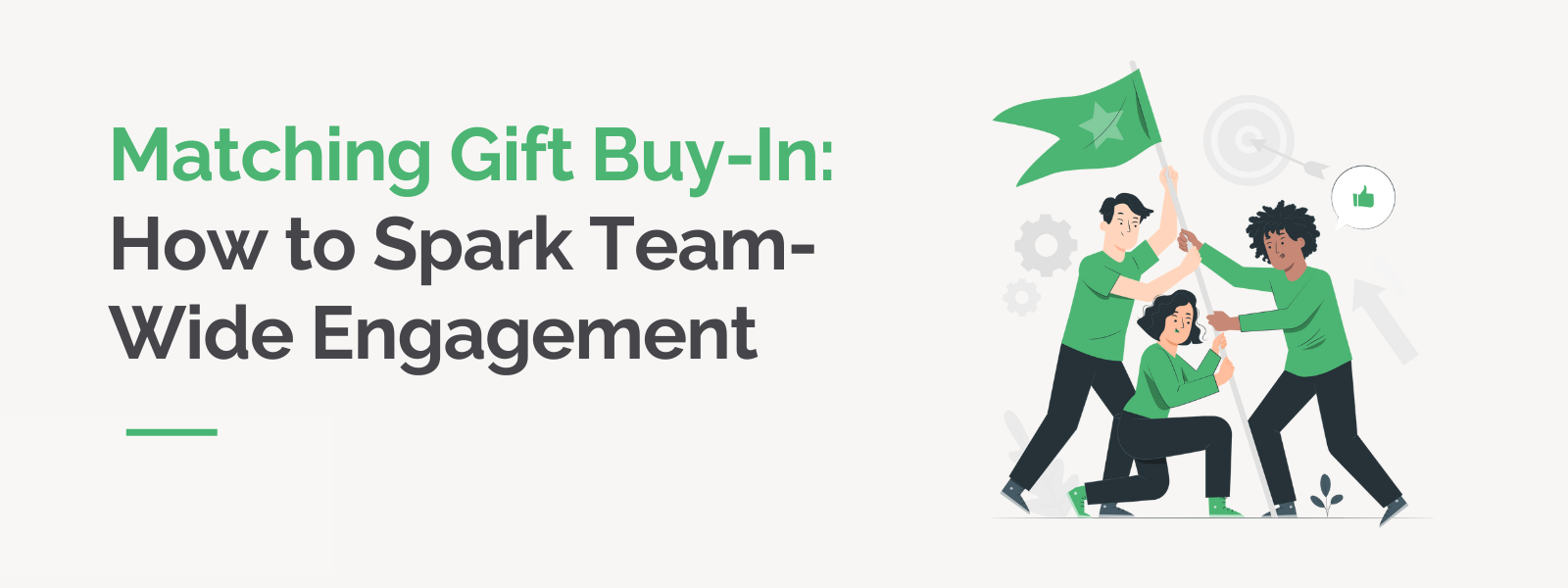 https://doublethedonation.com/wp-content/uploads/2020/08/DTD_Matching-Gift-Buy-In-How-to-Spark-Team-Wide-Engagement_Feature.png
600
1600
Adam Weinger
https://doublethedonation.com/wp-content/uploads/2025/11/DTD-horizontal-logo-300x63.png
Adam Weinger2024-08-07 16:11:092025-07-15 01:10:52Matching Gift Buy-In: How to Spark Team-Wide Engagement
https://doublethedonation.com/wp-content/uploads/2020/08/DTD_Matching-Gift-Buy-In-How-to-Spark-Team-Wide-Engagement_Feature.png
600
1600
Adam Weinger
https://doublethedonation.com/wp-content/uploads/2025/11/DTD-horizontal-logo-300x63.png
Adam Weinger2024-08-07 16:11:092025-07-15 01:10:52Matching Gift Buy-In: How to Spark Team-Wide Engagement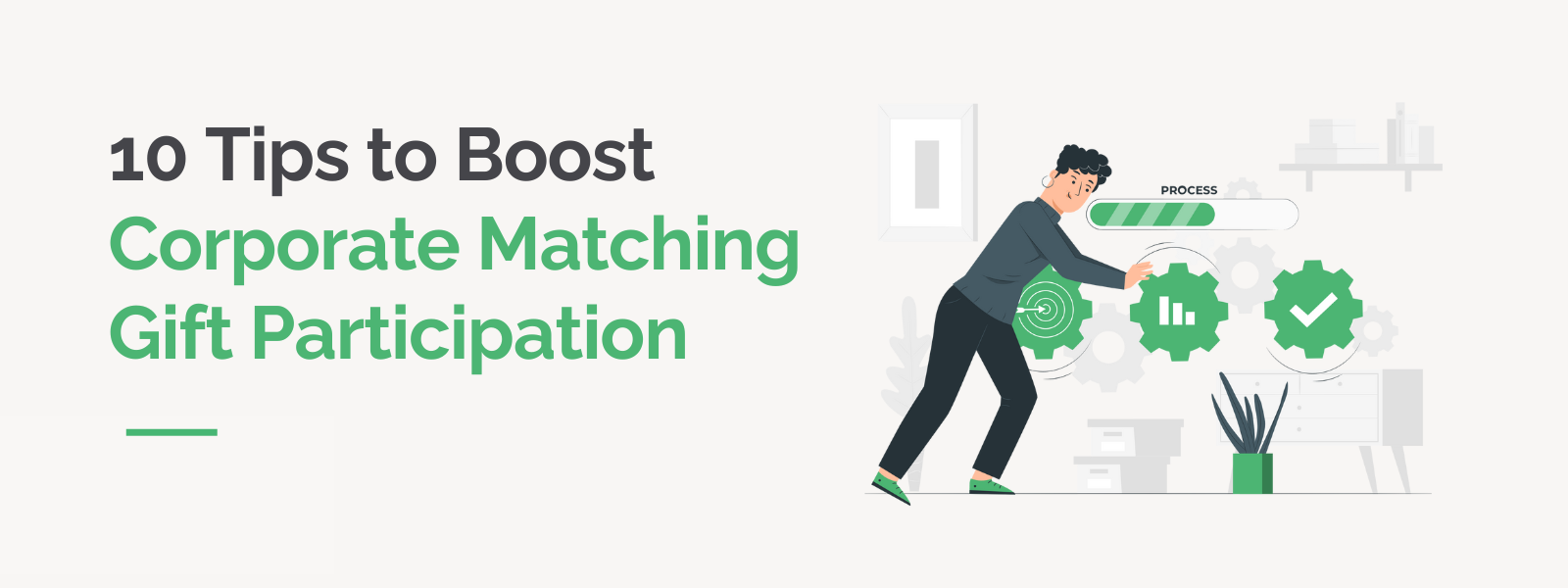
10 Tips to Boost Corporate Matching Gift Participation
Corporate matching gifts are a powerful yet often underutilized…

Examples & Insights from the Matching Gift Idea Exchange
In June 2025, Double the Donation organized the second annual…

The Volunteer Grant Research Guide | Finding More Funding
Volunteer grants (also known as dollars for doers programs) present…
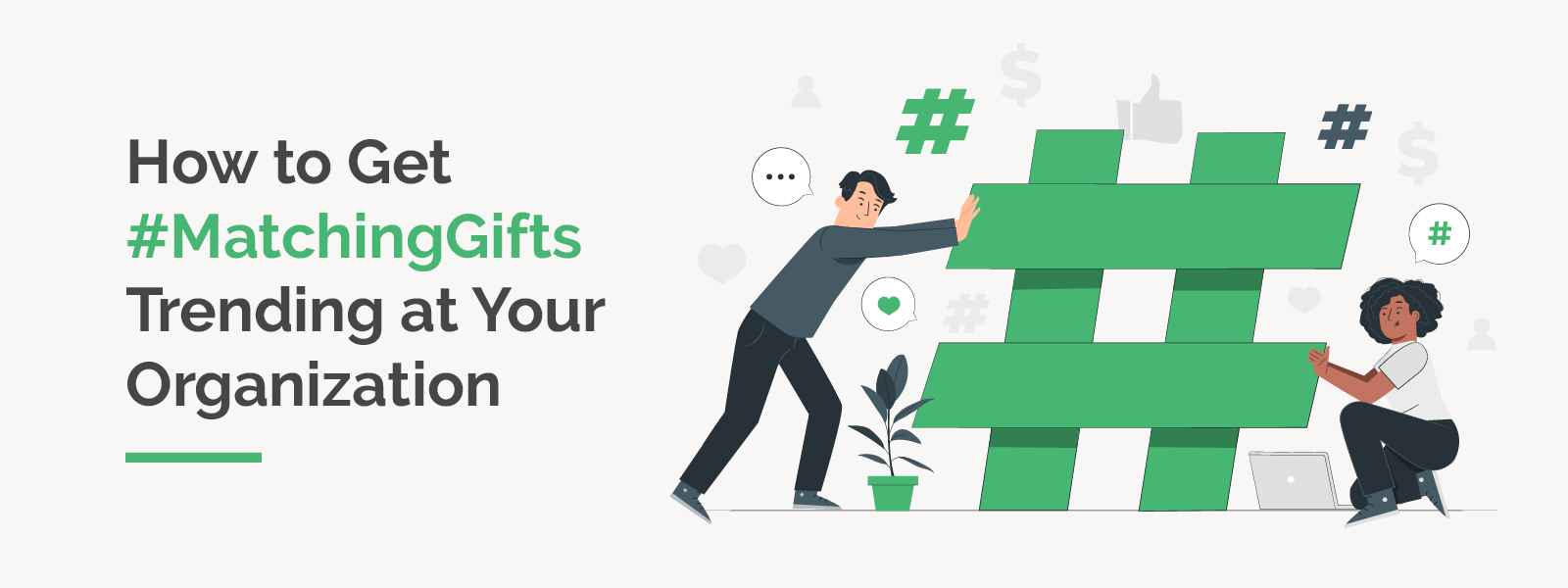
How to Get Matching Gifts Trending at Your Organization
Employee matching gifts are one of the most popular forms of…
![The Ultimate Guide to Marketing Volunteer Grants [For Nonprofits]](https://doublethedonation.com/wp-content/uploads/2024/06/DTD_The-Ultimate-Guide-to-Marketing-Volunteer-Grants-For-Nonprofits-1.png)
The Ultimate Guide to Marketing Volunteer Grants [For Nonprofits]
In the dynamic landscape of nonprofit operations, organizations…
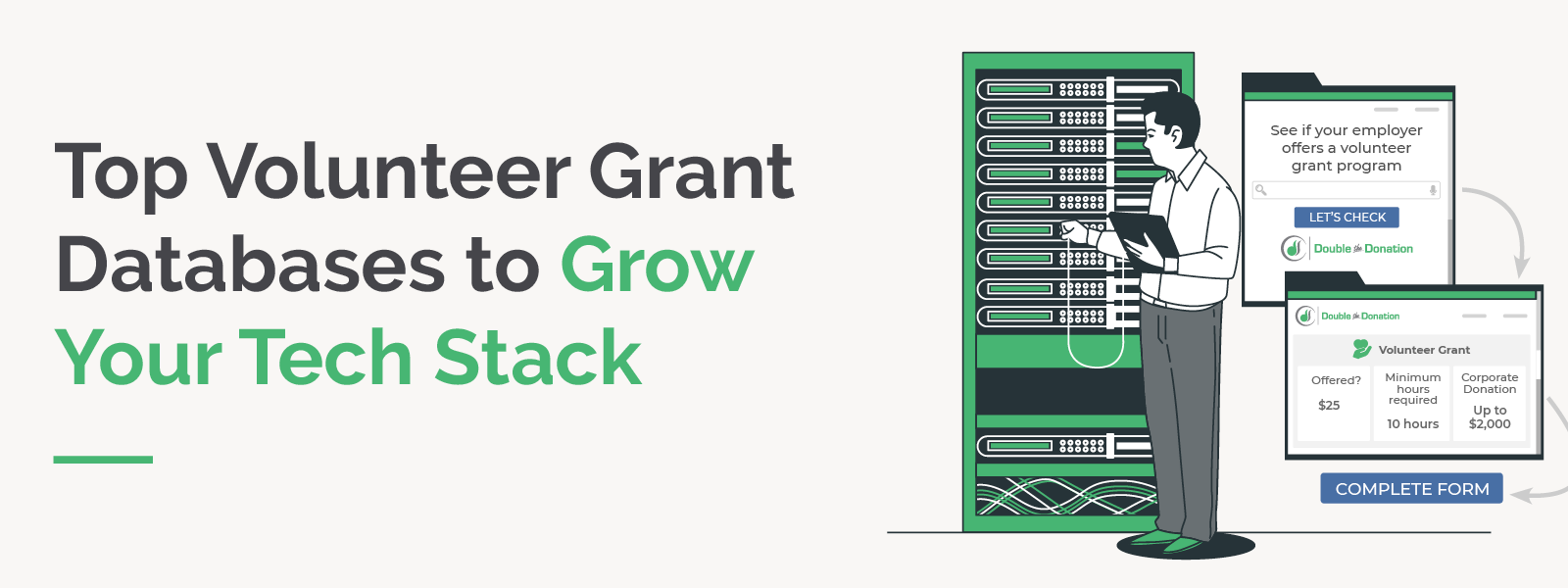
Top Volunteer Grant Databases to Grow Your Tech Stack
Volunteer grants are a vital source of funding for nonprofits,…

A Complete Guide to Creating a Donation Page (with Examples)
Picture this: You’ve just led a successful marketing campaign…
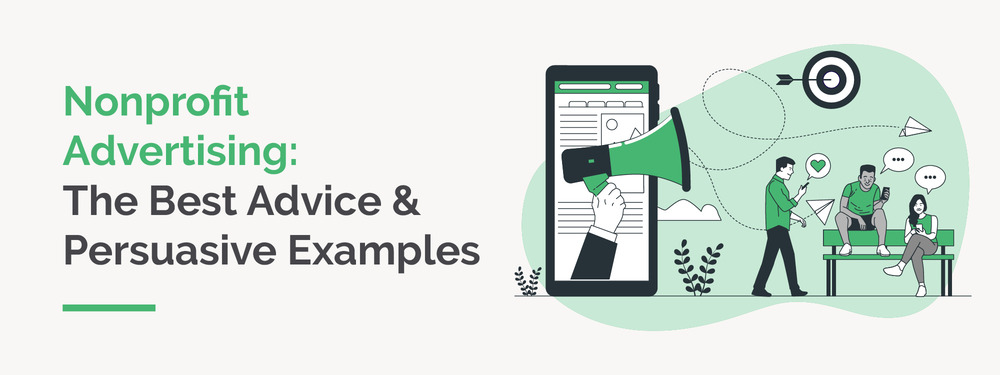
Nonprofit Advertising: The Best Advice & Persuasive Examples
The online space grows more competitive each day. Nonprofits…
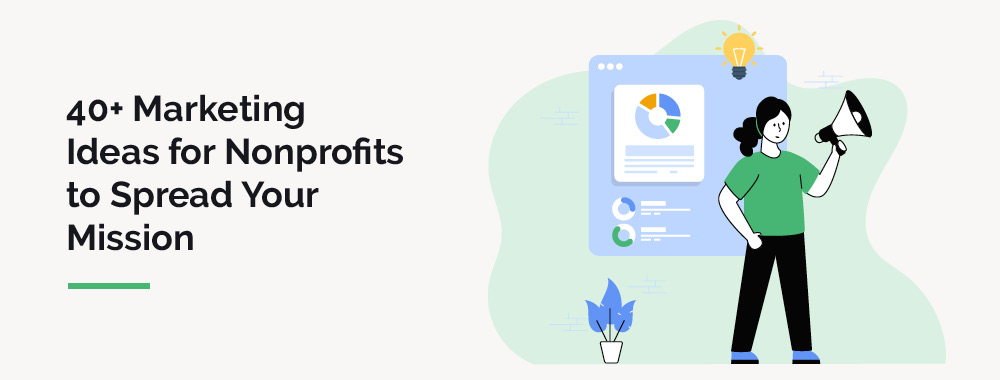
40+ Marketing Ideas for Nonprofits to Spread Your Mission
Strapped for resources but still want to make a big impact? Effective…

